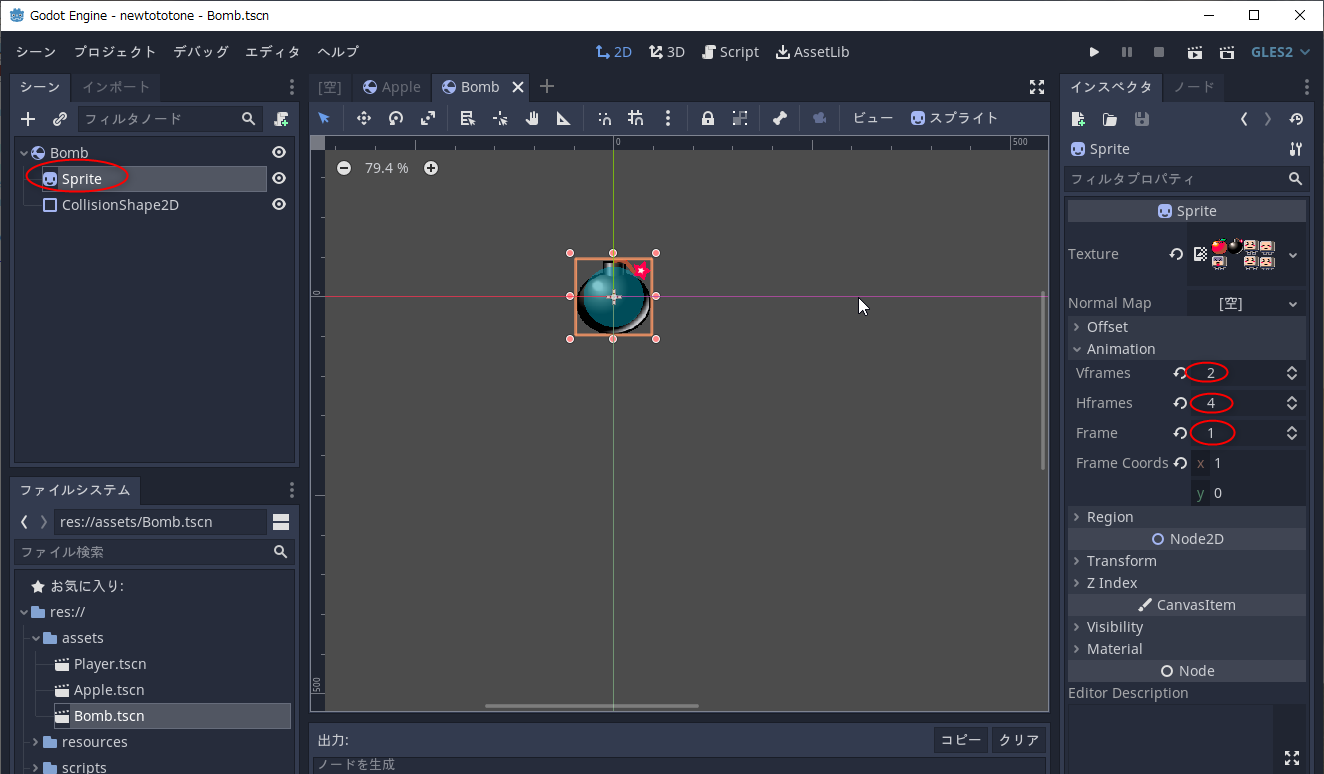

Why may that be useful? Consider the Angry Birds game. You can turn it into a static body or kinematic body e.g. Rigid bodies are very flexible since they can be put into different modes. In games rockets, bullets, rolling balls or collapsing walls in physics games such as Angry Birds would be rigid bodies. would be very hard to calculate the movements of. Why do we care? Physicists care because such bodies are much easier to simulate. They are called “rigid” in physics because they don’t deform in any way. Rigid bodies are physical objects that move. It it is not made to deal with things like making rigid bodies hitting it bounce, or kinematic objects slide along it. While you could make walls out of kinematic bodies or rigid bodies as well, it would just give bad performance.Ī game engine can more quickly figure out collisions for objects which are not moving.Īrea2D is not well suited for this purpose because it does not represent a physical body. The reason for its existence is typically for performance reasons. In a typical game, StaticBody2D would represent walls, ground and other unmovable objects. However since an Area can be moved around manually it can in principle be used as a game character as well. perhaps you want something to change or happen once players enter a particular area on the map. An Area2D in contrast is more generic in nature and can simply mean an area in your game. A physics body is some solid object with mass which has a position and moves. You could have your hero character be an Area2D because it can deal with collision but it does not really represent a physics body. you can perform sliding along a collision surface, ask Godot to test whether a movement along a particular vector would cause a collision. You cannot apply forces to a KinematicBody2D, but it contains methods for performing movements in relation to collisions. Kinematics is the study of motion only concerned with acceleration, velocity and position. The word Kinematic should give a clue to anyone who remembers some of their high school physics. The enemies or mobs, trying to take the player.īasically stuff that moves around with some kind of intelligence.If we consider a typical 2D platform game then the the following objects would likely be a KinematicBody2D or a Area2D: I will not try to repeat all the useful information written there, but instead give a practical sense of when you use a particular kind of object and help you remember which one is which. Godot already has a great introduction to these concepts here. It can become a lot of wrap your head around. And then in addition to this you would normally work with CollisionShape2D or CollisionPolygon2D. buildUserClass())Įxtern class RigidBody2D extends godot.The Godot game engine has a number of objects which seemingly overlapping functionality such as Area2D, StaticBody2D, RigidBody2D and KinematicBody2D. * :native( "Godot.RigidBody2D :autoBuild( godot. The center of mass is always located at the node's origin without taking into account the `godot.CollisionShape2D` centroid offsets. If you need to override the default physics behavior or add a transformation at runtime, you can write a custom force integration. So any direct or indirect transformation (including scaling of the node or its parent) will be visible in the editor only, and immediately reset at runtime. Please also keep in mind that physics bodies manage their own transform which overwrites the ones you set. If you need to directly affect the body's state, use `godot.RigidBody2D._IntegrateForces`, which allows you to directly access the physics state. Note: You should not change a RigidBody2D's `position` or `linear_velocity` every frame or even very often. Instead, you apply forces to it (gravity, impulses, etc.) and the physics simulation calculates the resulting movement based on its mass, friction, and other physical properties.Ī RigidBody2D has 4 behavior ``s: Rigid, Static, Character, and Kinematic.

You do not control a RigidBody2D directly. This node implements simulated 2D physics. Automatically generated Godot externs: DO NOT EDIT


 0 kommentar(er)
0 kommentar(er)
